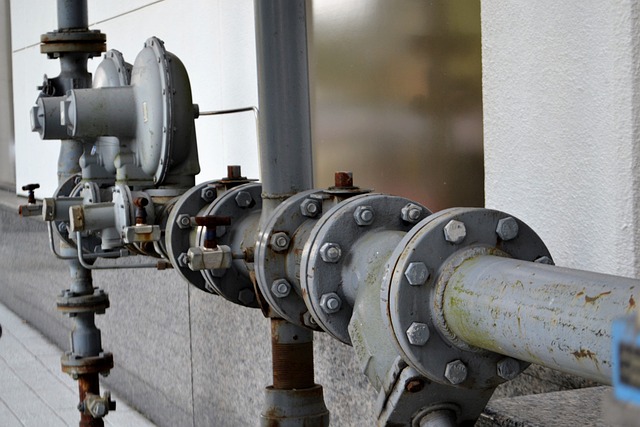Introduction
Caustic solutions, such as sodium hydroxide (NaOH) and potassium hydroxide (KOH), are widely used in various industries for their alkaline properties. However, due to their corrosive nature, the safe handling and transfer of caustic solutions require specialized equipment. Caustic pumps are specifically designed to handle these corrosive liquids, ensuring the efficient and secure movement of caustic solutions while protecting workers and maintaining process integrity. In this article, we will explore the significance of caustic pumps, their key considerations, and their crucial role in handling corrosive caustic solutions.
The Importance of Caustic Pumps
Caustic pumps are essential for industries that utilize caustic solutions in their processes. These pumps provide a reliable and efficient solution for transferring corrosive caustic liquids while minimizing the risks associated with their handling. Caustic pumps are designed to withstand the corrosive nature of the solutions and ensure the integrity of industrial operations.
Considerations for Caustic Pump
Corrosion Resistance, Caustic pumps must be constructed using materials that exhibit excellent corrosion resistance to withstand the aggressive nature of caustic solutions. Common materials used for caustic pumps include stainless steel, high-performance plastics, and specialty alloys that can resist the corrosive effects of the solutions being handled.
Seal Options
Effective sealing is critical to prevent leakage and protect both personnel and equipment. Caustic pumps utilize sealing mechanisms that are resistant to the corrosive properties of caustic solutions. Various sealing options, such as mechanical seals, chemical-resistant O-rings, or seal-less designs, may be employed to ensure a tight seal and prevent leaks.
Compatibility with Concentration and Temperature
Caustic solutions can vary in concentration and temperature, and it is essential to select a caustic pump that is compatible with the specific requirements of the application. The pump’s materials and design should be suitable for the concentration and temperature ranges of the caustic solutions being handled.
Safety Features
Caustic pumps should incorporate safety features such as leak detection systems, pressure relief valves, and alarms to provide early warnings and prevent potential accidents. These features help ensure the safe operation of caustic pumps and protect personnel and equipment from harm.
Applications of Caustic Pumps
Caustic pumps find extensive applications in various industries, including:
In Chemical Manufacturing, Caustic pumps are vital for the safe transfer of caustic solutions in chemical manufacturing processes. They are used for precise dosing, mixing, and neutralization operations, ensuring efficient and controlled chemical reactions.
Water Treatment
Caustic solutions are utilized in water treatment facilities for pH adjustment, coagulation, and precipitation processes. Caustic pumps enable the accurate and controlled dosing of these solutions, ensuring effective water treatment and purification.
Petrochemical Industry
Caustic pumps play a crucial role in the petrochemical industry for processes such as desalting, sweetening, and neutralization. They help in the treatment of crude oil and petroleum products to remove impurities and adjust pH levels.
Food and Beverage Industry
Caustic solutions are used for cleaning and sanitizing equipment in the food and beverage industry. Caustic pumps aid in the efficient circulation and transfer of these solutions, maintaining hygiene standards and preventing contamination.
Safety Considerations
When handling caustic pumps and caustic solutions, several safety precautions should be followed, including:
Personal Protective Equipment (PPE)
Personnel should wear appropriate PPE, including gloves, goggles, and chemical-resistant clothing, when working with caustic pumps or handling caustic solutions. This protects against potential splashes or exposure.
Proper Ventilation
Ensure proper ventilation in areas where caustic pumps are operated to minimize the accumulation of caustic fumes and maintain a safe working environment.
Training and Procedures
Proper training should be provided to operators on the safe handling, maintenance, and emergency procedures associated with caustic pumps. Clear guidelines and protocols should be established to ensure safe operations and prevent accidents.
Conclusion
Caustic pumps play a critical role in handling corrosive caustic solutions across various industries. By considering factors such as corrosion resistance, sealing mechanisms, compatibility with concentration and temperature, and incorporating safety features, caustic pumps ensure the secure and efficient transfer of caustic solutions while protecting personnel and maintaining process integrity. Proper selection, installation, and adherence to safety protocols are essential to ensure the safe handling and operation of caustic pumps, enabling industries to utilize caustic solutions effectively in their operations.

